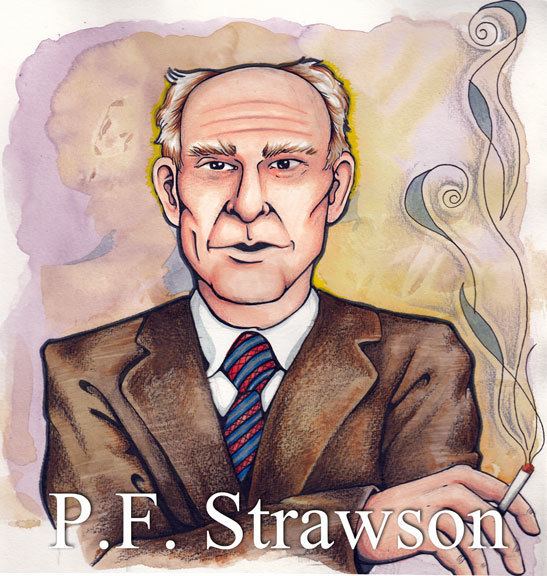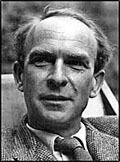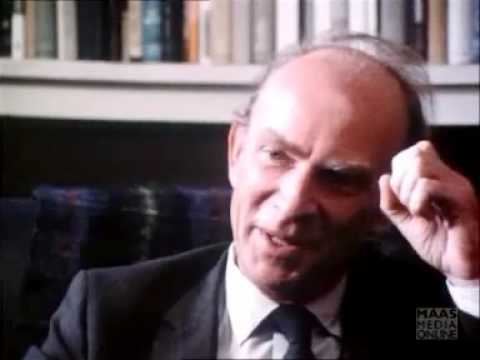Region Western Philosophy Name P. Strawson | Role Philosopher | |
 | ||
Died February 13, 2006, Oxford, United Kingdom Influenced Martin Hollis, Arda Denkel, Ramchandra Gandhi Books Freedom and resentme, The Bounds of Sense, Individuals: An Essay in Descri, Introduction to logical theory, Analysis and metaphysics Similar People Immanuel Kant, Ludwig Wittgenstein, Bertrand Russell, Willard Van Orman Quine, Gottlob Frege | ||
P F Strawson and Gareth Evans on Truth (Part 1 of 2)
Sir Peter Frederick Strawson FBA (; 23 November 1919 – 13 February 2006), usually cited as P. F. Strawson, was an English philosopher. He was the Waynflete Professor of Metaphysical Philosophy at the University of Oxford (Magdalen College) from 1968 to 1987. Before that, he was appointed as a college lecturer at University College, Oxford, in 1947, and became a tutorial fellow the following year, until 1968. On his retirement in 1987, he returned to the college and continued working there until shortly before his death. His portrait was painted by the artists Muli Tang and Daphne Todd.
Contents
- P F Strawson and Gareth Evans on Truth Part 1 of 2
- P F Strawson and Gareth Evans on Truth Part 2 of 2
- Early years
- Career
- Personal life
- References

When he died, the obituary in The Guardian noted that, "Oxford was the world capital of philosophy between 1950 and 1970, and American academics flocked there, rather than the traffic going the other way. That golden age had no greater philosopher than Sir Peter Strawson."

P F Strawson and Gareth Evans on Truth (Part 2 of 2)
Early years

Peter Strawson was born in Ealing, west London, and brought up in Finchley, north London, by his parents, both of whom were teachers. He was educated at Christ's College, Finchley, followed by St John's College, Oxford, where he read Philosophy, Politics and Economics.
Career
Strawson first became well known with his article "On Referring" (1950), a criticism of Bertrand Russell's Theory of Descriptions (see also Definite descriptions) that Russell explained in the famous "On Denoting" article (1905).
In philosophical methodology, there are (at least) two important and interrelated features of Strawson's work that are worthy of note. The first is the project of a 'descriptive' metaphysics, and the second is his notion of a shared conceptual scheme, composed of concepts operated in everyday life. In his book Individuals (1959), Strawson attempts to give a description of various concepts that form an interconnected web, representing (part of) our common, shared, human conceptual scheme. In particular, he examines our conceptions of basic particulars, and how they are variously brought under general spatio-temporal concepts. What makes this a metaphysical project is that it exhibits, in fine detail, the structural features of our thought about the world, and thus precisely delimits how we, humans, think about reality.
Strawson was made a Fellow of the British Academy in 1960 and Foreign Honorary Member of the American Academy of Arts and Sciences in 1971. He was president of the Aristotelian Society from 1969 to 1970. He was knighted, in 1977, for services to philosophy.
Personal life
After serving as a captain in the Royal Electrical and Mechanical Engineers during World War II, Strawson married Ann Martin in 1945. They had four children, including the philosopher Galen Strawson. He lived in Oxford all his adult life and died in hospital on 13 February 2006 after a short illness. P. F. Strawson was elder brother to Major General John Strawson.
